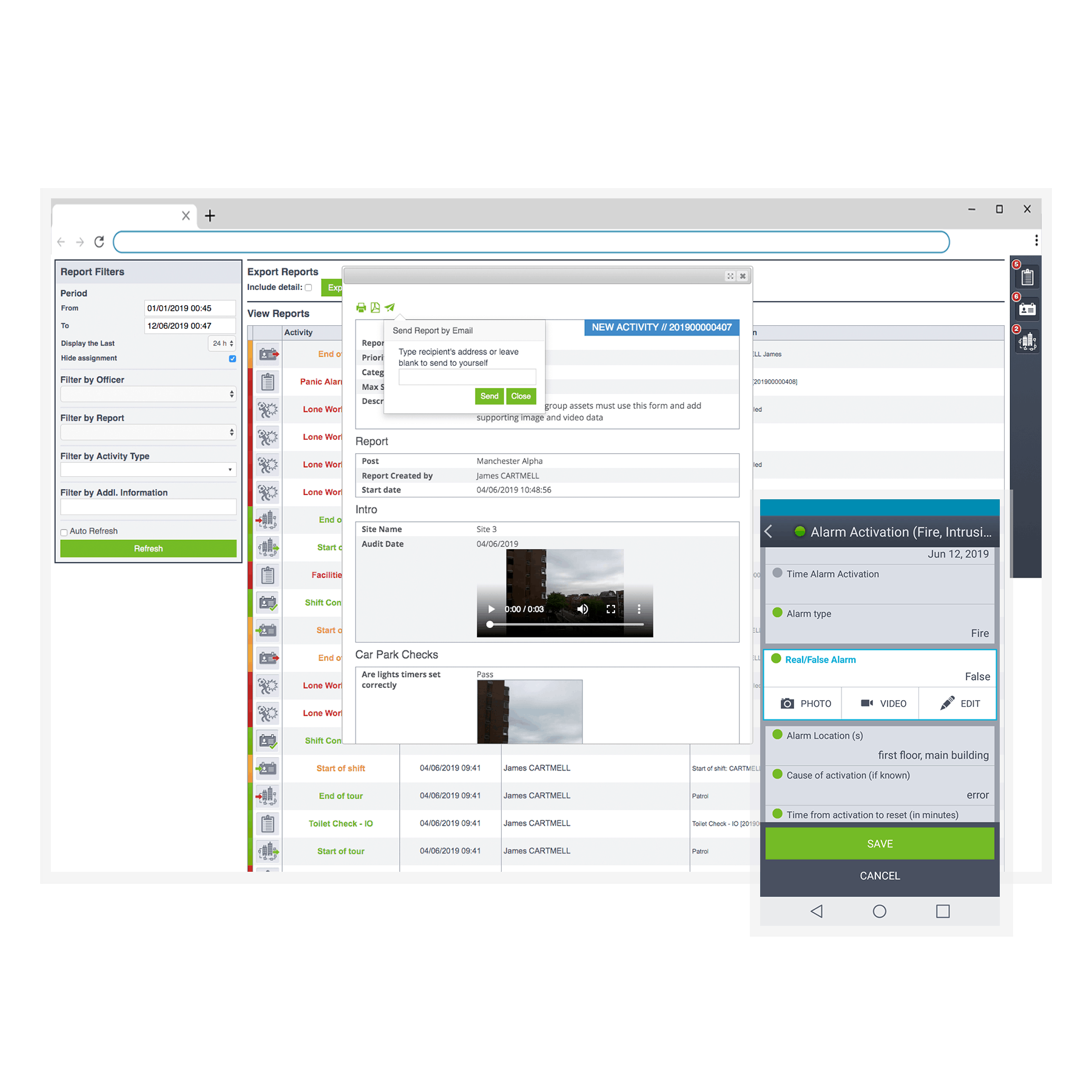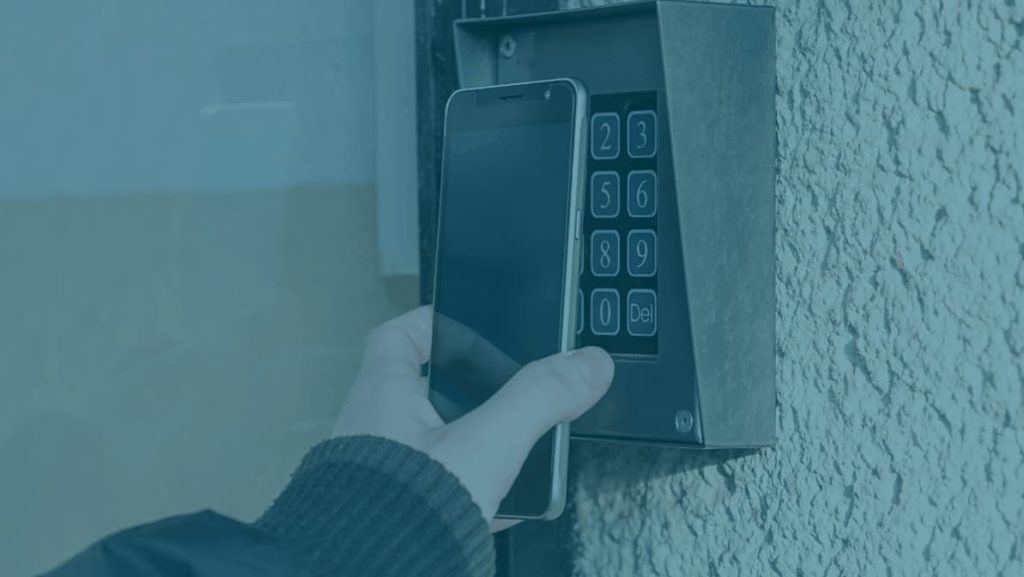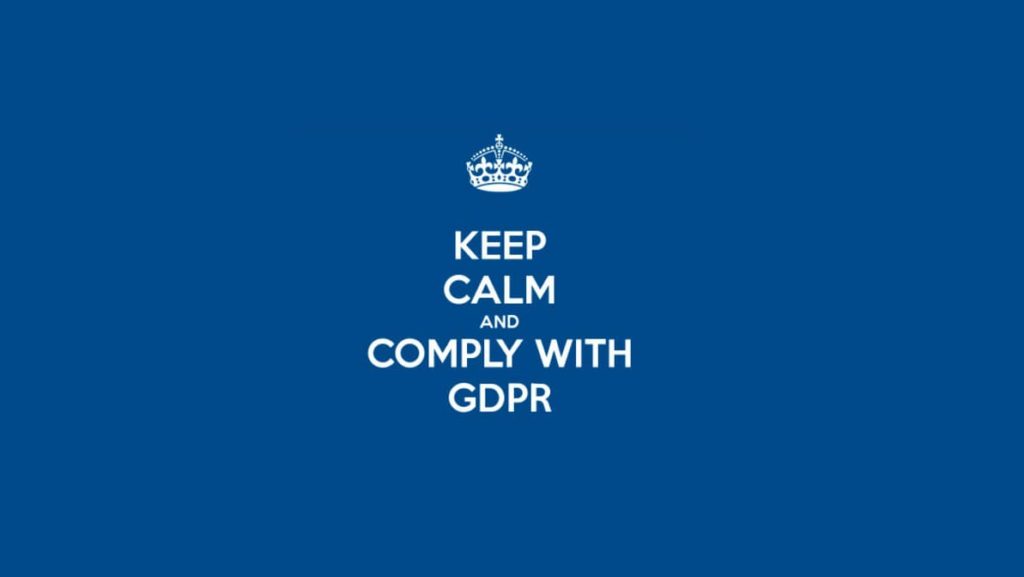What Configurable Reporting Means for Corporate Security Management
When data is gathered and reported in real-time, corporate security management is able to take action as reporting occurs, often with operational visibility that could allow for a proactive response against critical incidents or emergencies.
Proactive operational management is what real-time reporting provides. Accurately collecting and analyzing incident reporting data will help mitigating risk. Organized data starts with creating and using templated reports. Report templating is a fool-proof way to ensure that what’s collected matches up to what needs to be collected.
Whether security teams partner with security guarding providers, manage their own in-house guards, or have a mix of both, corporate security management can use reporting templates to align departmental processes for better consistency in operations.
Consistency for maintaining reporting compliance, upholding departmental and government regulations, and ensuring if reports must be presented in hardcopy, so that they are printed accurately.
This means less time scavenging for information and more time evaluating the data received by guards on patrol.
What to Look for in a Reporting Template Solution
Quickly adapting and compiling a report to uphold strict regulations or requirements can be a challenge. With corporate security guard software, even if a hardcopy is required, you can rest assured that guards on patrol are collecting exactly the correct information needed to maintain consistency.
While not all templating solutions are created equally, there are 7 items supervisors should keep in mind when venturing out for enterprise security solutions.
- Flexible field options to digitize hardcopy forms
- Drag and drop for template creation
- Voice to text functionality for ease of use
- Media attachment support like GPS location and time-stamped photos, audio, video, and notes
- Configurable notifications and automatic alerts to stakeholders
- Guard authentication and supervisor follow-up abilities
- Reporting analytics to track status
All of these elements aim to help standardize the reporting process so that reporting remains consistent, trustworthy, and a holistic representation of overall corporate security management.

Organized reports allow you to filter by officer, report type, activity type, or additional information.
Select who should receive the report.
Preview completed report and attached elements, like video or photos.
Complete report on mobile for easy guard access.
What are the Benefits to Standardized Reporting?
Reporting standardization includes three key areas: they are required, there is an agreed level of quality or attainment, and they have maximized repeatability.
Repeatable elements must be adaptable, configurable, and consistent for guards on duty to use. This is where templating comes in.
With templating, supervisors can establish baseline standards for common and specialized reports of any level. Documented reporting is tracked in real-time and visualized on a reporting dashboard. Supervisors are able to configure a dashboard to review historical reporting data as well as set up notifications to stakeholders.
Best Practices for Building Bulletproof Incident Reports Ebook
Download
What to Standardize
There are a few elements security operators must review in order to create comprehensive reporting templates.
- Evidentiary Collection: Organize which reports require evidentiary attachments, like photos, and which could benefit from additional media, like video.
- Guard Response: Determine how guards can and should respond to report fields — will any be required or optional? Which fields would benefit from having pre-written responses? How can guard responses be simple and capture exactly what stakeholders require?
- Report Accountability: Identify what ways guards need to prove accountability, like with guard signatures, time-stamped entries, or GPS guard location marked on the report.
- Follow-Up Procedures: Document how supervisors should follow-up with reports and set up processes so that guards won’t have to make that determination.
Security Teams Can Save Time and Bring Back Value to Their Reporting Processes
Security teams can truly benefit from being proactive in their operations. One way to do so is to bring back value to the reporting process. With tools gained from report templating, standardization, and real-time dashboards for viewing historical reporting data, supervisors can take action and notify stakeholders immediately, saving time and gaining peace of mind.
Are you a physical security professional looking for the best corporate security software?
You’ve come to the right spot. At Trackforce, we specialize in enterprise security solutions made to enhance holistic security methods across all departments. Our corporate security software is made for security by security professionals. Take a look at how we may help your organization succeed.



